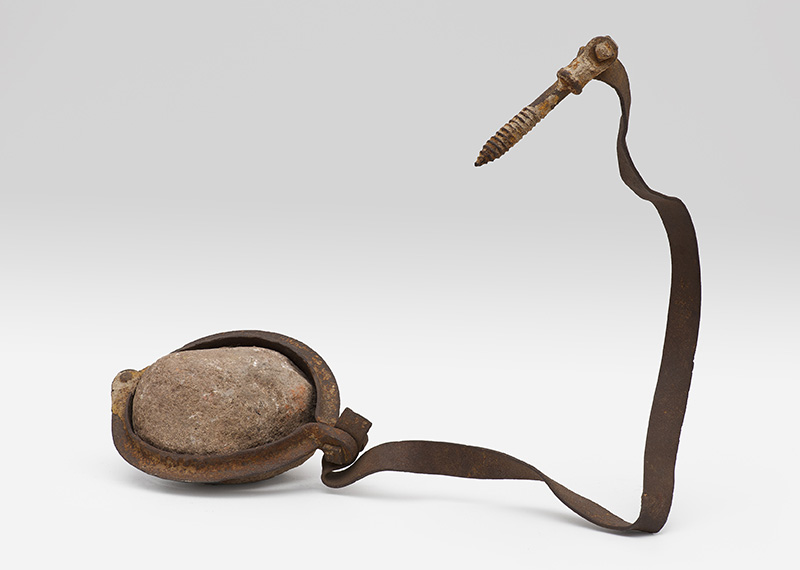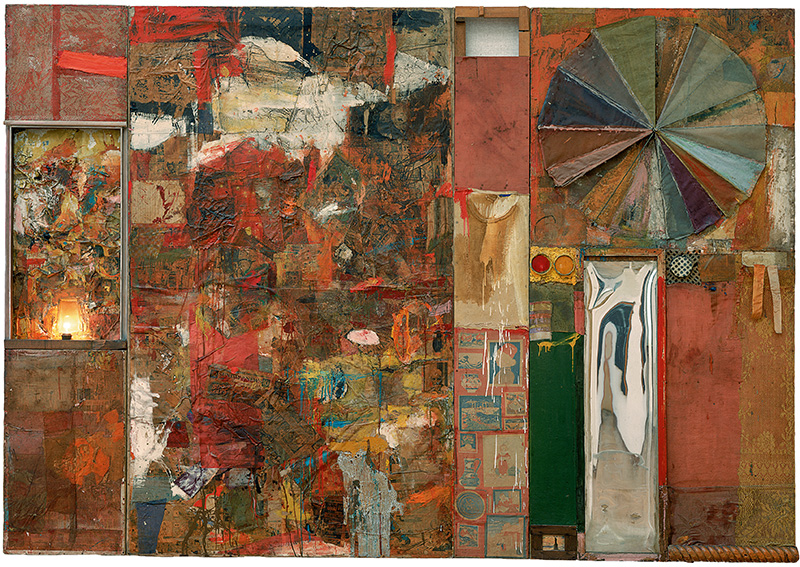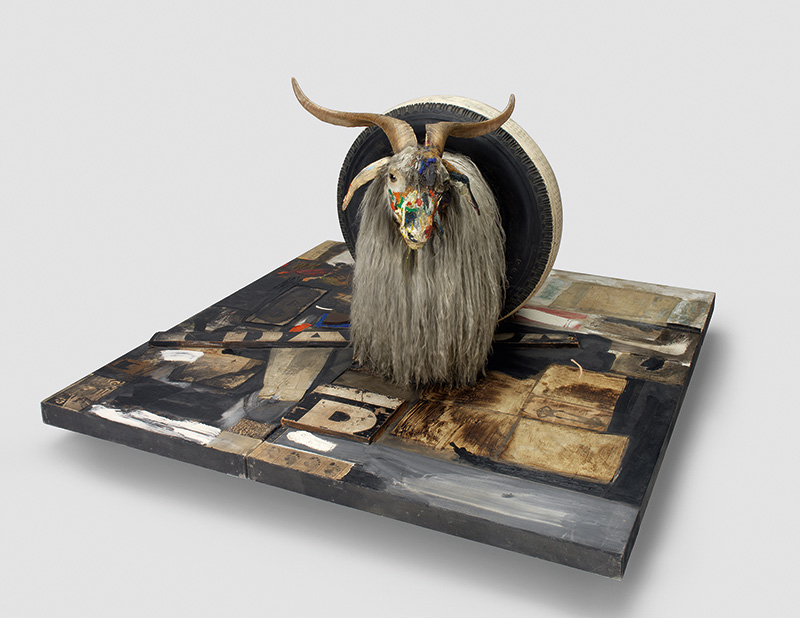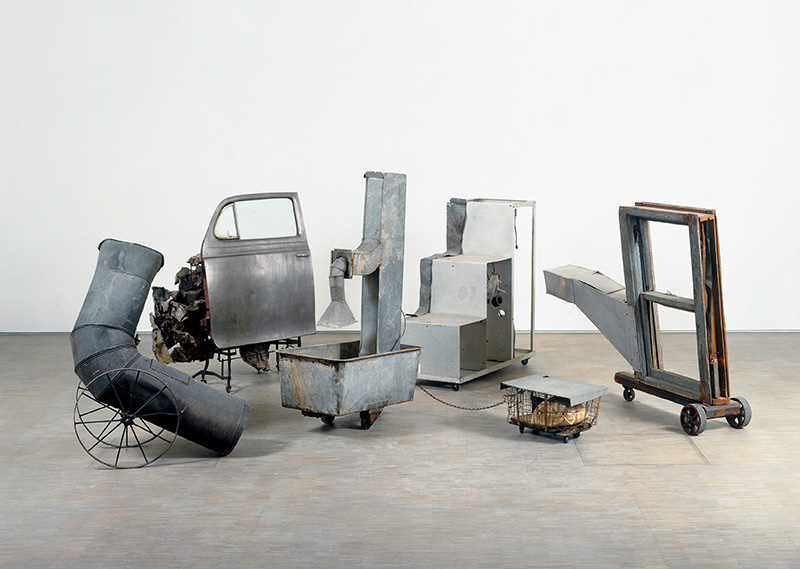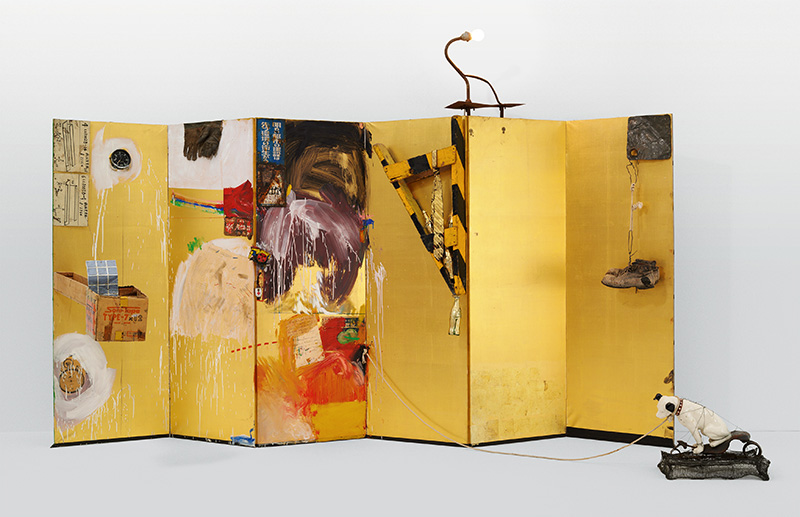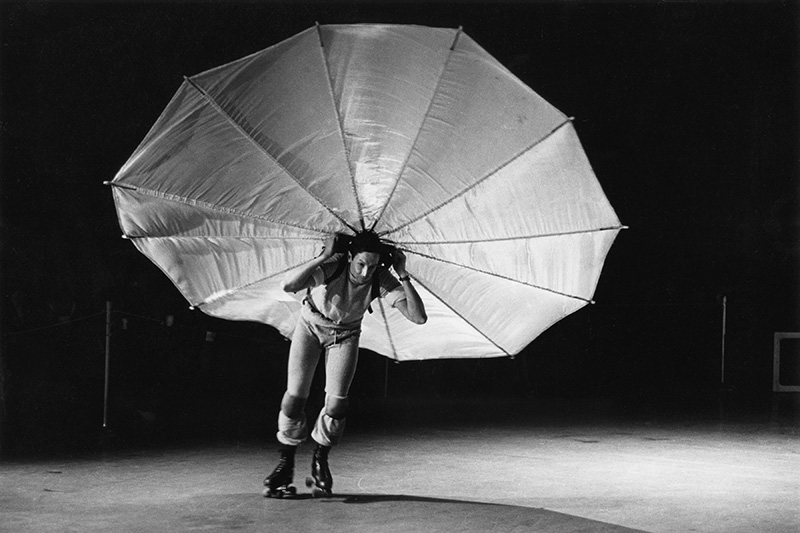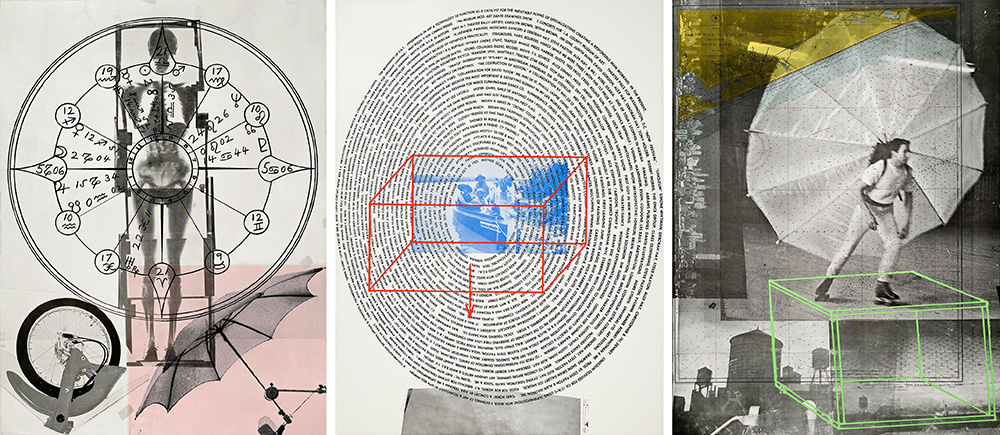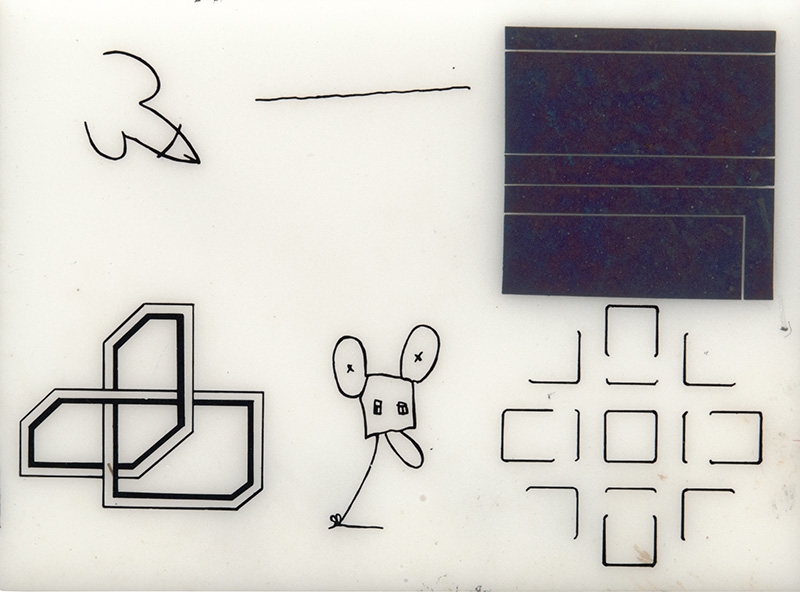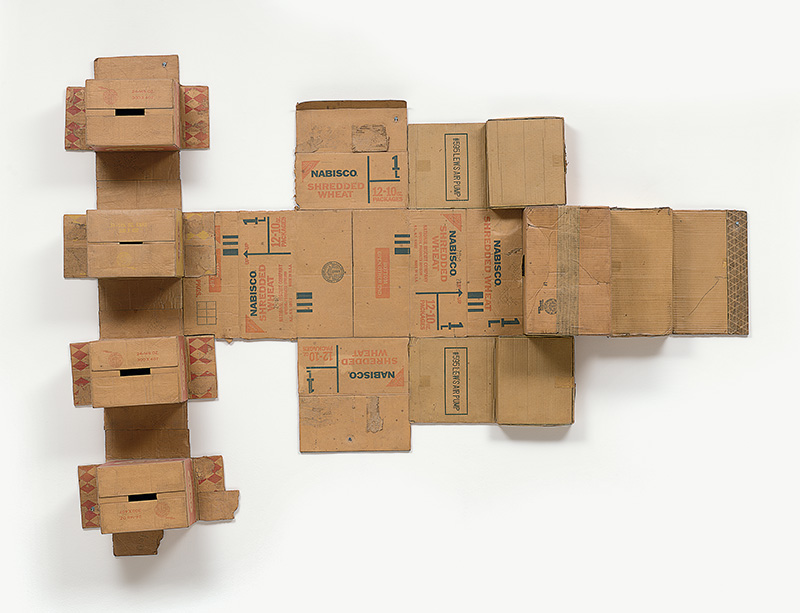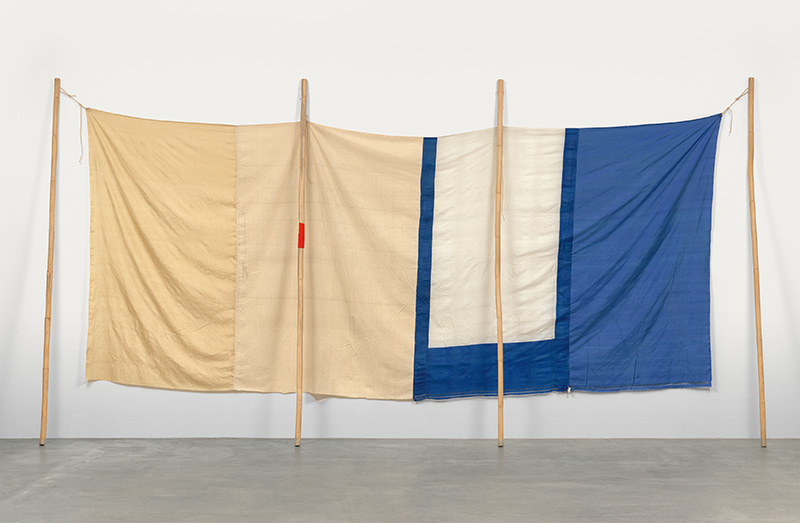ART-TRIBUTE:Robert Rauschenberg-Among Friends
 Robert Rauschenberg apparently never planned to be an artist. He initially trained as a pharmacist, and while always drawing, only struck on the idea of art as a vocation after seeing the paintings in Huntingdon Library in California while on a leave of absence from the navy. He then went to art school, landing eventually at the Black Mountain College in North Carolina, a radical and unconventional institution (Part II)
Robert Rauschenberg apparently never planned to be an artist. He initially trained as a pharmacist, and while always drawing, only struck on the idea of art as a vocation after seeing the paintings in Huntingdon Library in California while on a leave of absence from the navy. He then went to art school, landing eventually at the Black Mountain College in North Carolina, a radical and unconventional institution (Part II)
By Dimitris Lempesis
Photo: MoMA Archive
The retrospective “Robert Rauschenberg: Among Friends” at MoMA spans the 60 years career of the artists bringing together over 250 works, integrating Rauschenberg’s astonishing range of production across mediums including painting, sculpture, drawing, prints, photography, sound works, and performance footage. In 1959, Robert Rauschenberg wrote, “Painting relates to both art and life. Neither can be made. (I try to act in that gap between the two)”. The early ‘50s, when Rauschenberg launched his career, was the heyday of the gestural painting of Abstract Expressionism. Rauschenberg challenged this painterly tradition with an egalitarian approach to materials, bringing the stuff of the everyday world into his art. Working alone and in collaboration with others, Rauschenberg invented new, interdisciplinary forms of artistic practice that helped set the course for art of the present day. The exhibition galleries group work across mediums from particular moments and places in which Rauschenberg and his friends and collaborators came together, starting with Black Mountain College, then moving to Rauschenberg’s Fulton Street and Pearl Street studios in New York City, and finally to Captiva Island in Florida, where the artist concluded his prolific career. Two rarely lent works are included: “Charlene” (1954), the last and largest from the artist’s series of “Red Paintings”, and “Monogram” (1955–59), Rauschenberg’s famous “Combine” assembled from a taxidermied angora goat and a tire, positioned on a painted and collaged wooden platform. At the same time, the exhibition explores lesser-known periods within his career, including his work of the early ‘50s and the late ‘60s, which is increasingly compelling and prescient to contemporary eyes. Among Rauschenberg’s early landmarks are his “Erased de Kooning Drawing” (1953) and “Automobile Tire Print” (1953), the work was made when the artist instructed composer John Cage to drive his car through a pool of paint and then across 20 sheets of typewriter paper. Other galleries present two of his most ambitious technological experiments, both made in collaboration with engineers: “Oracle (with Billy Klüver, Harold Hodges, Per Biorn, Toby Fitch, and Robert K. Moore)” (1962–65), a five-part sculpture that combines salvaged metal and “Mud Muse (with Frank LaHaye, Lewis Ellmore, George Carr, Jim Wilkinson, Carl Adams, and Petrie Mason Robie, 1968–71 3.5 tons of drillers’ mud, which burbles like a primeval tar pit in syncopation with sound-activated air compressors. The exhibition represents the richness of Rauschenberg’s late career through the “Gluts” series (1986-89 & 1991-94), metal sculptures inspired by the contemporary economy of the artist’s native Texas. The final gallery also features such works as “Holiday Ruse (Night Shade)” (1991) and “Mirthday Man (Anagram [A Pun])” (1997), which show Rauschenberg developing new printing techniques to reproduce his own photographs at the grand scale of painting, refusing through his very last works to segregate artistic mediums from one another. On presentation is a new installation that Charles Atlas has created around footage from the historic multimedia performance series “9 Evenings: Theatre and Engineering” (1966), which featured works conceived by artists, including Rauschenberg, in collaboration with engineers from Bell Laboratories. Also on presentation are video documentations from Rauschenberg’s performances “Pelican” (1963) and “Map Room II” (1965). The final gallery highlights and celebrates his 16-year collaboration with Trisha Brown. When Brown invited Rauschenberg to design the costume and sets for “Glacial Decoy” (1979), Rauschenberg created a backdrop of 620 photographic slides showing sites in and around Fort Myers in Florida. These projections are featured along with documentary footage from the dance’s performance at the Brooklyn Academy of Music in 2009. Footage from “Set and Reset” (1983), the second collaboration between Rauschenberg and Brown with Laurie Anderson, are featured in this gallery as well.
Info: Curators: Leah Dickerman and Achim Borchardt-Hume, Co-Curators: Emily Liebert and Jenny Harris, Exhibition Design: Charles Atlas, Museum of Modern Art (MoMA), 11 West 53 Street, New York, Duration: 21/5-17/9/17, Days & Hours: Mon-Thu & Sat-Sun 10:30-17:30, Fri 10:30-20:00, www.moma.org
![Robert Rauschenberg, Untitled (Scatole personali [Personal boxes]), c. 1952, Stained, lidded wood box containing dirt, pins, photograph of the artist, plastic lens, and mica, 3.8 × 5.4 × 7.6 cm, The Sonnabend Collection Foundation and Antonio Homem, Photo: Light Blue Studio, Courtesy Craig F. Starr Gallery. © 2017 Robert Rauschenberg Foundation, MoMA Archive](http://www.dreamideamachine.com/web/wp-content/uploads/2017/05/b16_scatoledirtpins2.jpg)
